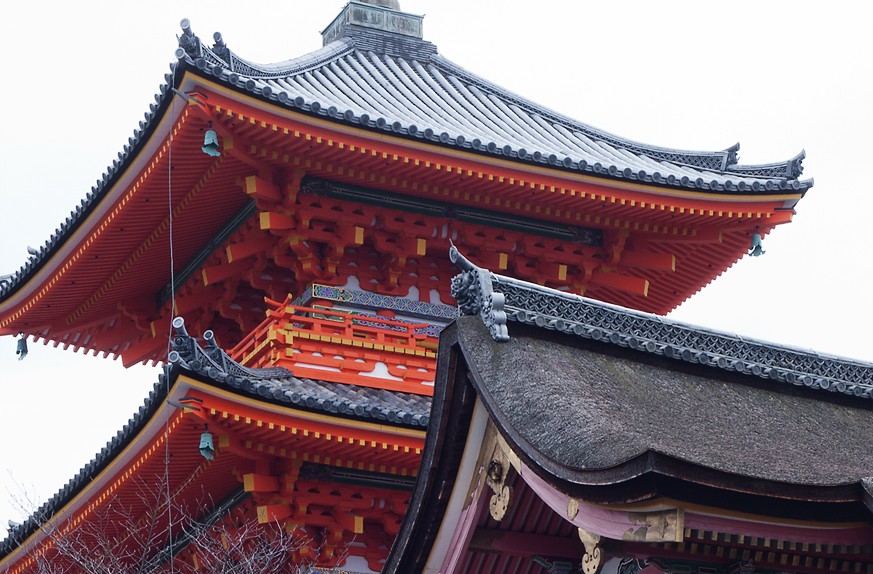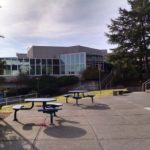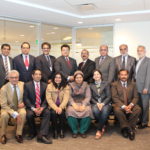Spotlight on Shugaku Ryoko
Developing short-term international study tours with BC's K-12 sector
A young Japanese pioneer
North of Vancouver, rising two kilometres above sea level, is a peak on a barren stretch of BC’s Coast Mountains range. Although it now appears remote, it was once close to a bustling centre where Japanese Canadians pioneered the province’s commercial fishing industry.
The peak is named Mount Manzo Nagano (永野 万蔵), after an adventurous young man who arrived as a stowaway on a British steamship from Yokohama, Japan. He was BC’s first visitor of Japanese ancestry and eventually a resident. He was only 22 years old when he arrived in New Westminster some 138 years ago.
Japanese youth in BC
Japanese youth arriving in BC today may be just as adventurous as Manzo, but activities such as fishing for salmon on the Fraser or hauling old growth Douglas Fir have now been supplanted by activities reflective of a more grown-up and diversified province.
Attracting Japanese youth today is more likely BC’s modern economy, exciting food and night life, world-class cities, open and diverse culture, endless recreational activities and exemplary education system, all situated in a province displaying much of the natural beauty and rugged landscape that Manzo must have witnessed.
Japanese youth continue to visit BC, encouraged by recent initiatives by Japan’s education authorities who value providing groups of high school youth with early international experiences, helping them to embrace global citizenry at an early age.
In addition to Japanese students on study visas in BC – 12,900 in 2013, a 14% increase from the year previous – there have also been over 7000 Japanese students visiting Canada annually on short-term international study tours called Shugaku Ryoko. By way of comparison, Australia welcomed over 26,700 Shugaku Ryoko students and the United States over 29,000 in the same year.1
Increasing Japanese student engagement in BC's K-12 sector
Over the past year, BCCIE has been working with the Japanese Consulate General in Vancouver, the BC Ministry of International Trade, the BC Ministry of Jobs, Tourism and Skills Training, the BC Ministry of Education, Destination BC and the Japan/Canada Tourism Association (JACATA) to help increase the number and quality of BC’s short-term international study tours for Japanese students.
As a result, BCCIE has identified 12 BC school districts and schools that are prepared to welcome Shugaku Ryoko students beginning in 2016. You can view the most up-to-date list of schools at studyinbc.com/shugaku-ryoko.
Benefits of Shugaku Ryoko include:
- helping Japanese students;
- increasing global competencies for schools and partners;
- introducing our own schools and students to groups of visiting Japanese;
- developing partnerships with the K-12 sector; and
- providing modest revenue streams for schools hosting students for a one-day program.
Shugaku Ryoko in Tokyo
BCCIE was invited to Tokyo this past March to deliver a presentation on positioning and promoting BC as a preferred destination for Shugaku Ryoko programs. In attendance were Japanese tour operators, Japanese high school principals, BC’s Trade and Investment Office, representatives from Destination BC, and representatives from three BC school districts: Vancouver, Maple Ridge and Arrow Lakes.
The event was well attended and received, and it helped send a message to Japanese schools that BC is prepared to welcome more Japanese students to our K-12 sector. The seminar included a video welcome message from both Vancouver’s Consul General for Japan, Seiji Okada and BC’s Minister for Education Peter Fassbender. Minister Fassbender referenced the Japanese pioneer to BC, Manzo Nagano. Manzo remains a fundamental part of Japanese history in BC as well as a metaphor in building innovative partnerships, initiatives and legacies between Japan and BC.
____________________________________________________________________________
1 Japan Ministry of Education, 2013.



